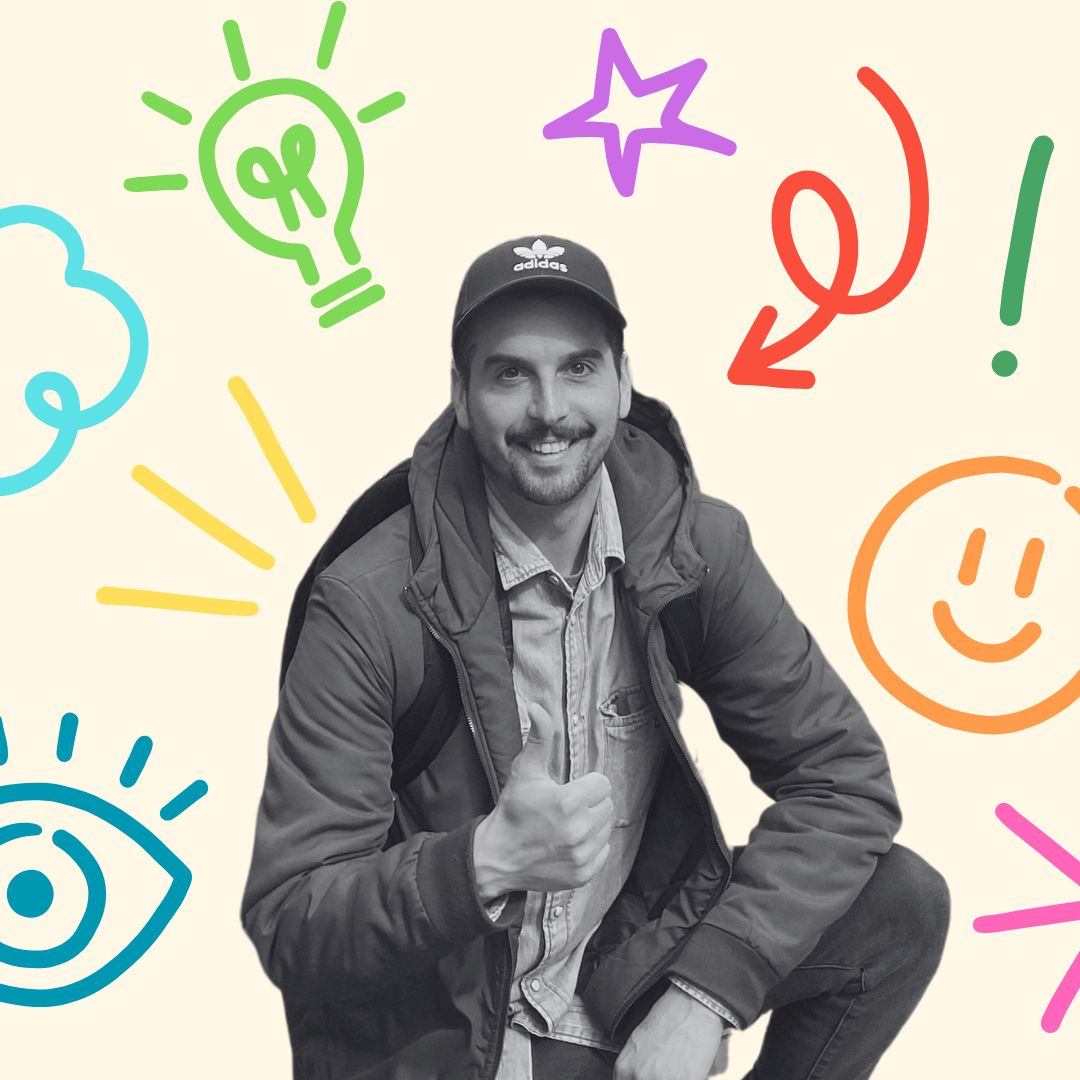Everyone’s favourite future mayor of Winnipeg made the move to Edmonton this year to pursue a passion in city planning after years of championing successful grassroots marketing initiatives through the Downtown Winnipeg BIZ.
Most recently, Jason Syvixay, often referred to synonymously by his social media handle “Downtown Jason,” somehow made marketing for public washrooms in our city sexy.
We asked him about his unique ability to involve the community in marketing initiatives, reaching both a live- and post-participation audience in his efforts.
The CEO Sleepout, which was one of my very first projects, gathered hundreds of leaders since 2011 to raise funds to create jobs for individuals experiencing homelessness.
It demonstrated to me how events can create a positive change. (Since 2011, the event has raised close to a million dollars to employ 137 people experiencing homelessness for more than 51,000 hours – with many of these individuals returning to school or finding permanent full-time work.)
The event also initiated a larger conversation on solutions needed to end homelessness in the city, eventually catalyzing a taskforce to create a “10 Year Plan to End Homelessness” endorsed and financially supported by City Council.
Marketing professionals try to persuade people to engage and ultimately buy-in to the products and services of an organization or a company. My role at the Downtown Winnipeg BIZ was to sell Winnipeg residents on the notion of downtown as a place to work, live, and play.
In a city that is still heavily car-oriented and suburban, this was a very difficult task.
Rather than shying away from the conversation, I led the development of advocacy and marketing plans to spark conversation around reopening Portage and Main, to include downtown priorities during municipal, provincial, and federal elections, and to highlight areas optimal for reinvestment through research like the Downtown Winnipeg Trends report.
I also directed the implementation of events that took over the street (i.e. ManyFest) and campaigns like #finditdowntown to get people downtown, and to nurture people’s love for downtown.
City planners attempt to do the same – hosting a variety of opportunities for residents to comment on civic issues. So my foray into city planning was rather seamless, as I was already working toward connecting people to a love for downtown, and in changing their perceptions for the better.
Marketers speak about “experiential marketing” all the time. Placemaking is a tool that often takes up space, reimagines it, and repurposes it for a new use. It helps people question what might be missing in their cities, and what things could be added.
Placemaking is a way of involving others into the conversation, and enables their participation in a meaningful and positive way. Include people and they will become stewards of change.
My media list. I’ve spent years nurturing relationships with producers and reporters, and have a well-manicured list of contacts who I regularly pitch to with story ideas.
I also mentally store a list of the things that people are looking for and/or need. I’ll often connect others when I recall a need and see a partnership connection. People now sometimes come to me to get insight on people to work with, and how to make projects happen.
This is a city planning campaign BridgmanCollaborative Architecture and I developed that utilizes multiple marketing tactics to rally public support and solidarity for an issue that our politicians and civil servants have yet to address.
By encouraging people to share their stories of when they needed a washroom most, or why it’s important to create access and dignity for all, the issue gets much-needed attention and hopefully, action.
Unfortunately, Winnipeg is virtually a public toilet desert. Compare Winnipeg with a city like Hobart, Australia, where public toilets are located every 200m in the core of the city and every 400m downtown. Even though many commercial establishments, public institutions and parks in Winnipeg do have publicly accessible toilets, you’ll be hard-pressed to find toilets (especially after-hours). You’ll have to pay… or the toilets are closed. People are forced to use the streets and alleyways, creating a serious public health risk.
A great city is lively all hours of the day, welcomes pedestrian traffic, and invites people from all walks of life to enjoy everything the city has to offer. A great city has great public toilets.
One day, I would like to run for political office. I think it’s important to have young people at the helm.



